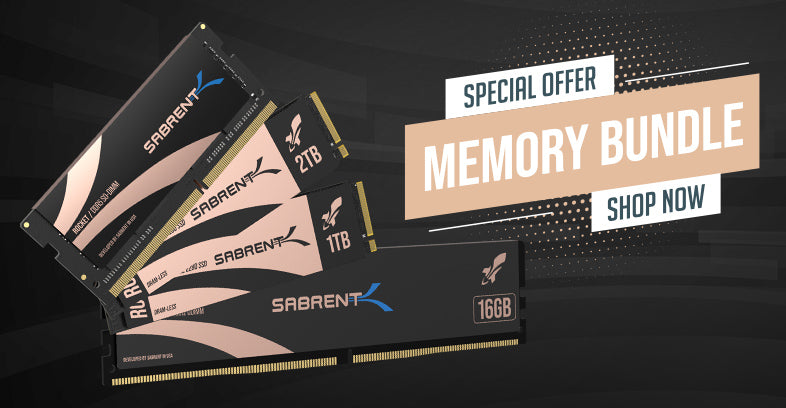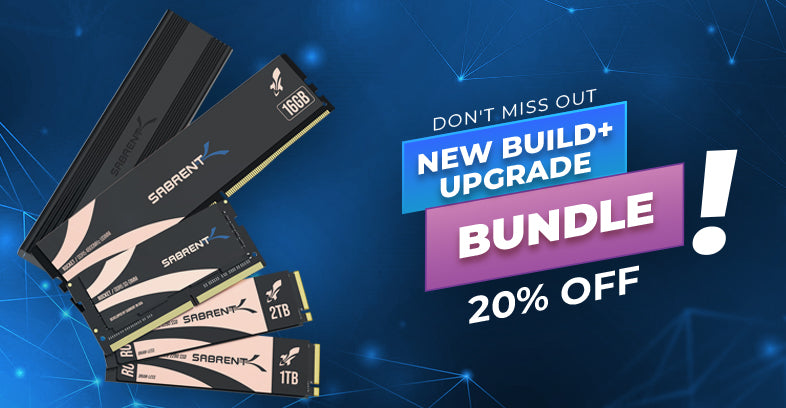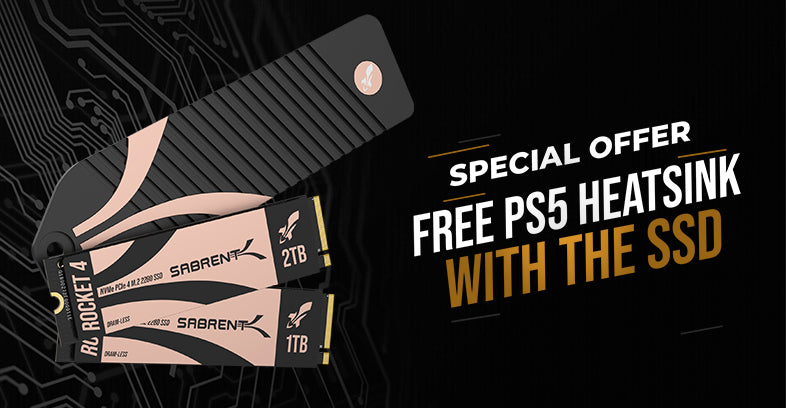Announced yesterday by One-Netbook, crowdfunding (indiegogo.com) is coming for the OneXGPU, a portable GPU with an internal M.2 slot. The ability to take a GPU and storage with you on the go would be a dream come true for laptop owners, including those who might have the Framework Laptop 16. The form factor makes it quite portable and it can boost machines with integrated or weak GPUs for a better gameplay experience. Naturally, the specs make all the difference, and while portable SSDs are not a new idea it's nice to see something in a more pleasing size.

The OneXGPU next to a OneXFly. Source: One-Netbook.
The GPU uses the same chip as the AMD Radeon RX 7600M XT (amd.com) which makes it good for gaming at up to at least 1440p and definitely at 1080p. The OneXGPU eGPU, or external GPU, is designed to connect through OCuLink (egpu.io), which is a competing PCIe-based standard to the more well-known Thunderbolt. OCulink can deliver the same four lanes of PCIe that TB does, for PCIe 3.0 with OCulink 1.0/TB3/TB4/USB4 or PCIe 4.0 for OCulink 2.0/TB5. While four lanes falls shy of the usual eight or sixteen of internal GPUs, the rated 63Gbps bandwidth is enough to get the most out of a GPU of this class and have some bandwidth to spare for a single M.2 slot.

The internal M.2 SSD slot for the OneXGPU. Source: One-Netbook.
We are of course very excited about this last part as we sell some of the most popular SSDs on the market. While the port is only rated for PCIe 2.0, this is still ample bandwidth and is on par with many of the 1500 MB/s Thunderbolt and USB 3.2 Gen 2x1 external SSDs in existence, including our own. We do have USB Gen 2x2, TB4, and USB4 products out or on the way, but adding an SSD to an external GPU is a different story. We think the OneXGPU offers enough bandwidth to make an external game drive viable. The slot is a full 80mm in length for 2280 but should accommodate more efficient 2230 drives like our Rocket 2230 and Rocket Q4 2230, with an extender if needed.
The OneXGPU has a bunch of connections for added flexibility. This includes a USB-C/Type-C port, two HDMI ports, two DisplayPort ports, two USB-A ports, and an RJ45 connector for Ethernet/LAN. You can add accessories, hubs, card readers, and more directly to the unit. It also has a DC-in port so that there's plenty of power available for the GPU, M.2 SSD, and connected accessories. Even though power delivery (PD) is possible, this is more effective and will work great with docked devices. Cooling should not be a problem as it also has an integrated fan with ventilation. The RGB is an added touch.

The OneXGPU's ports. Source: One-Netbook.
We're looking forward to the OneXGPU and future eGPUs that will raise the bar on what's possible with mobile gaming. Using extra lanes or bandwidth for fast storage is also becoming a thing with GPUs like the upcoming ASUS RTX 4060 Ti (pcworld.com). We're here for it. While the OneXGPU is designed for operation with the OneXFly, we hope that future products with work with a wider range of standards. After all, the ASUS ROG Ally has a proprietary connector with a similar amount of bandwidth. We look forward to seeing what comes out, and for such technology to become more widely available.
Thumbnail courtesy One-Netbook.














